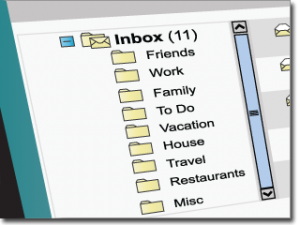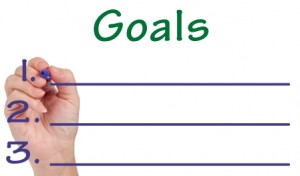At one point in the presentation I gave last night I said, “stupidity is contagious.” I was referring to people who without thinking, buy into what someone else is saying or doing. We see this in politics, don’t we? Someone takes a position and others follow suit, often for no other reason than the person who said it sounds like they know what they are talking about.
It’s also true in business and marketing. An”expert” declares the new direction and like lemmings, legions follow. They sign up for the webinars, buy the courses, and invest countless hours with the new tools. Of course their friends take notice and they don’t want to be left behind so they do it, too. Before you know it, everyone is rushing after mobile or ebook publishing or Pinterest pinning, until something newer and better comes along.
People get caught up in the excitement. Greed sets in. Like the Gold Rush, nobody wants to be left behind. But like the Gold Rush, the only ones who make money are the ones who sell the picks and shovels. Most of the miners get the shaft.
I’m not saying these are bad ideas. Some are quite good. Some will take off and change the world. But you don’t have to be an early adopter to leverage these new ideas. Someone signing up for Facebook for the first time today, after nearly a billion other people beat them to it, can be just as successful in using it to generate leads and referrals. Arguably more so now that it has proven itself for so many others.
What I’m saying is, wait a bit. Don’t rush in. Stand back and observe. Let others spend their time and money sorting through the multitude of things that don’t work or don’t last, to find the few that do. Spend your time and money doing things that have proven themselves over time.
Technology comes and goes. There will always be something new. What has never changed, and never will, are strategies that invoke the human element: giving your clients extraordinary service, positioning yourself for referrals, and leveraging your existing relationships to create new ones.
Now, excuse me, I have to post a link to this post on Facebook.
If you want to learn the strategies that have always worked and always will, pick up a copy of The Attorney Marketing Formula.











